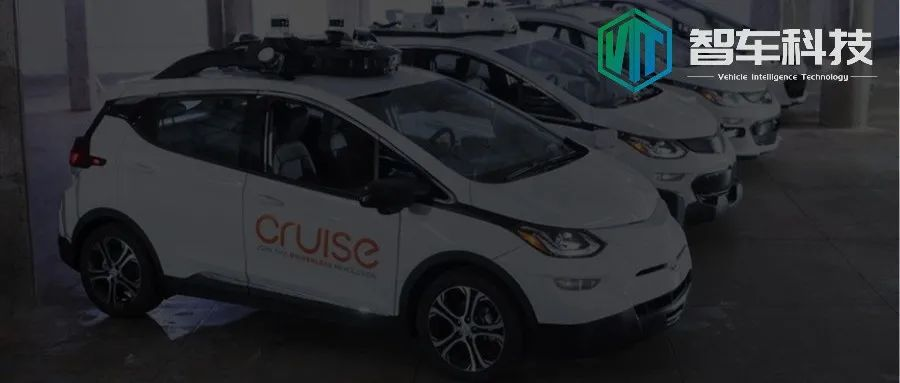Introduction
On February 1st, General Motors announced that its self-driving subsidiary, Cruise, had received a second investment of up to 1.35 billion US dollars from SoftBank. For Cruise, this is a real New Year’s red envelope.
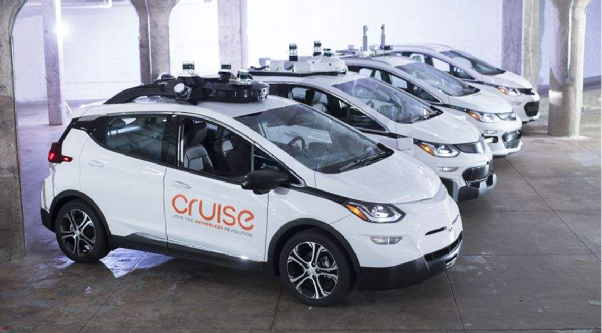
Cruise is the second largest autonomous driving company in the United States after Google’s subsidiary, Waymo. Among its investors are not only investment capital like SoftBank, but also Japanese car companies like Honda. And for Cruise’s investment, it becomes a key point for the alliance between Honda and General Motors.
Currently, Cruise has raised more than 6 billion US dollars in total funding, with a valuation of 39 billion US dollars. At the end of 2021, Cruise experienced a personnel earthquake. SoftBank’s financing can undoubtedly play a stabilizing role and reserve sufficient funds for the development of new businesses in the future.
Cruise urgently needs to expand its operational services on a large scale
Currently, Cruise is accelerating the launch of its self-driving robot taxi service in San Francisco and other communities through its community rider plan, which is similar to Waymo’s “early rider” program launched in Arizona.
Before this, Cruise had obtained a self-driving test license issued by the California government, which could be used to test self-driving vehicles on public roads. Although it has not yet been able to charge fees like Waymo, with the maturity of technology and the accumulation of operational experience, Cruise’s ability to conduct paid operations will not be too far away.

Conducting paid operations is obviously helpful for General Motors: on the one hand, Cruise can obtain a higher valuation, thus driving up the valuation of the entire General Motors; on the other hand, paid operations can earn Cruise a certain income, although the income is relatively limited in the initial stage, the unlimited prospects it brings in the long run are what many automakers and mobile travel companies dream of.
Of course, more operational data also helps Cruise accumulate more scenario data, accumulating more valuable data for algorithm optimization and machine learning of self-driving controllers. With Waymo already carrying out paid operations and Tesla offering AutoPilot subscription services, earning considerable funds, General Motors or Cruise has no capital to breathe a sigh of relief.## After Dan Ammann, what’s next for Cruise?
At the end of 2021, there were differences in the development vision of Cruise between the CEO of Cruise, Dan Ammann, and the CEO of General Motors, Mary Barra. In the end, Dan Ammann, who was the former president of GM, stepped down.
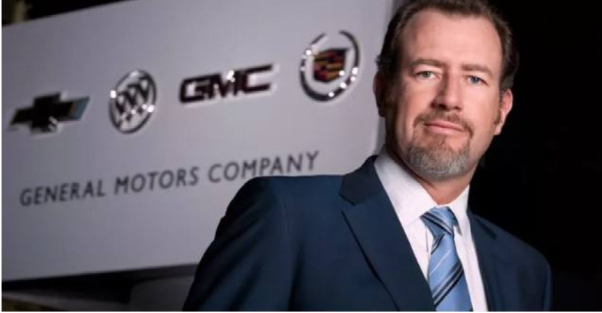
In this struggle, Mary Barra, as a longtime GM person, hoped to keep Cruise within the GM system and use it as a key piece to lift GM’s stock price. Dan Ammann hoped to make Cruise completely independent and raise more future development funds by IPO. At the same time, it could take on more business globally.
Now, traditional car companies including GM are obviously lagging behind new car making forces such as Tesla in terms of valuation. The most important reason is that there is not enough innovation and breakthroughs in the core underlying technology. As a key forward-looking technology in the automotive industry, the importance of autonomous driving technology to car companies is self-evident.
In 2021, leaving aside Tesla’s soaring market capitalization, Ford’s series of pure electric models have even surpassed Tesla’s in terms of valuation increase, and have also surpassed GM in overall market capitalization. In terms of market capitalization, GM hopes to surpass Ford and even challenge Tesla in the future, and Cruise will be the most critical strategic deployment.
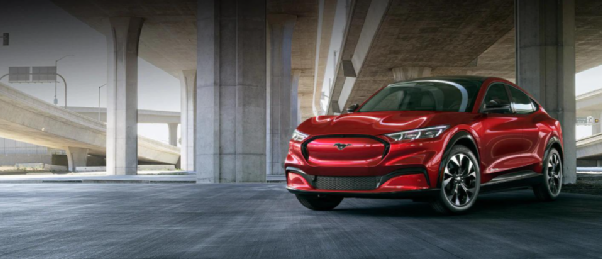
Developing autonomous driving, GM only has Cruise as a choice
Currently, GM is clearly in a lagging position in autonomous driving. GM’s L2 level autonomous driving system, SuperCruise, has not been widely used in GM’s models. It is worth mentioning that, SuperCruise does not have more advanced point-to-point navigation, such as NOA, and at best can only be called a strengthened version of driving assistance.
Not to mention the intergenerational differences with Tesla’s Autopilot, in China, laser radar has already entered the era, and Cruise is likely to be in an embarrassing situation of falling behind before it even launches. After all, it is a consensus that conventional cameras have insufficient recognition of stationary obstacles ahead.Considering all these factors, this is also why Dan Ammann hopes to raise more funds for Crusie through its IPO and accelerate its development in the field of autonomous driving. However, since General Motors’ major shareholders have decided to keep Cruise within the GM system, Cruise can only seek greater development under the existing resource conditions.
In addition, keeping Cruise within the GM system can provide the greatest convenience for GM to conduct autonomous driving testing and deployment itself. Once Cruise becomes independent, GM will inevitably find it difficult to make it 100% devoted to serving GM. After all, looking around the world, whether it is traditional OEMs or emerging carmakers, there is a great demand for high-level autonomous driving technology.
SoftBank’s support has temporarily reduced the pressure on Mary Barra, but relying solely on the funding from SoftBank is far from enough to solve the long-term development problems of Cruise. In the past few years, Cruise has delayed the landing of its project multiple times, which actually proves that traditional automakers like GM still have certain deficiencies when developing high-level autonomous driving projects. From demonstration operations in limited scenarios to gradually promoting them, it will be a reliable way for L4 level autonomous driving technology to land in a period of time.
Whether Cruise can use this new investment from SoftBank as a new opportunity to comprehensively promote a new round of development in technology, will be the biggest highlight of GM’s autonomous driving technology in 2022. If it is another wasted year, even with Cruise, GM will face even greater gaps compared to domestic emerging carmakers.
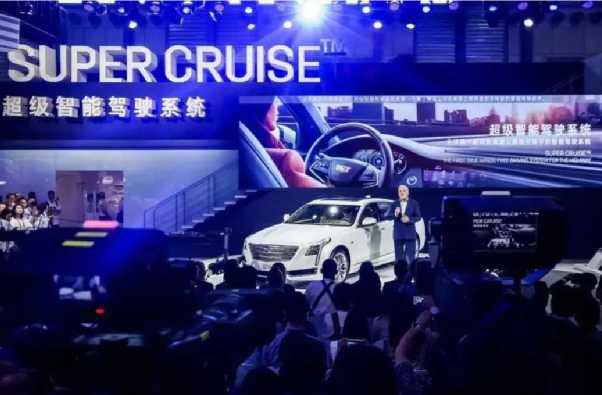
This article is a translation by ChatGPT of a Chinese report from 42HOW. If you have any questions about it, please email bd@42how.com.
